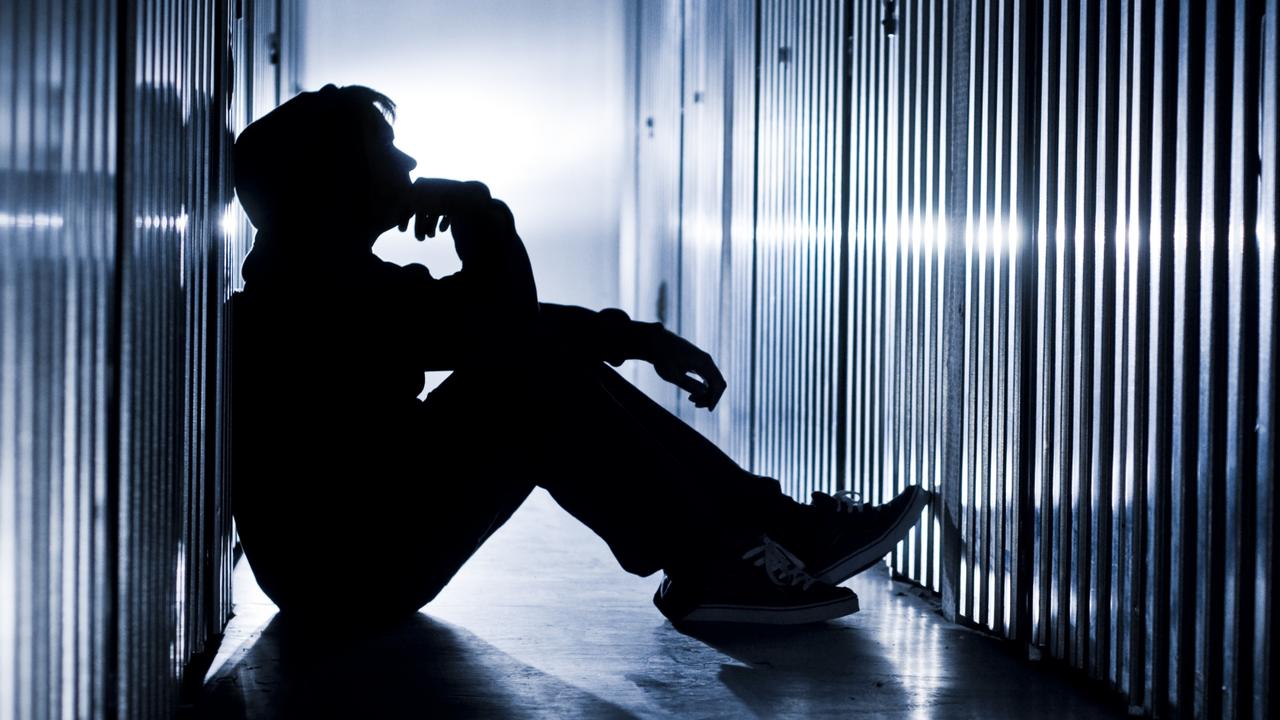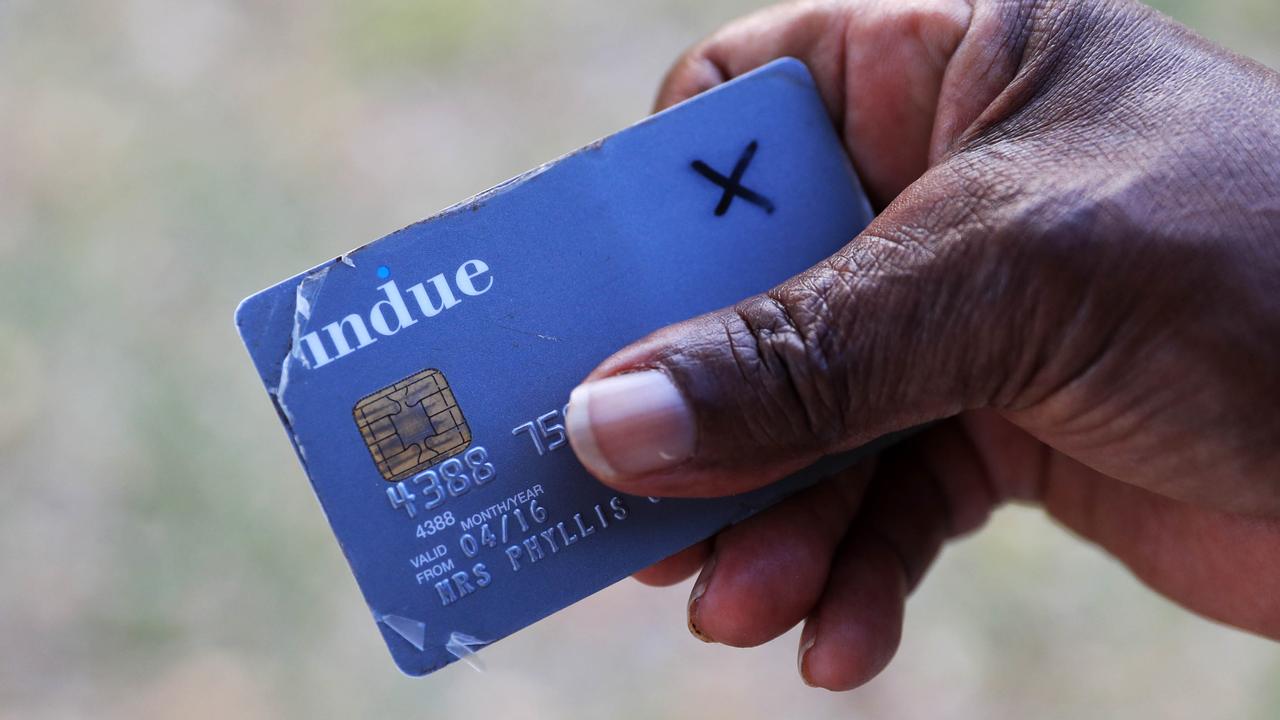Health overhaul closes the gap
SIX months has been added to the life expectancy of Aborigines living in southeast Queensland.
SIX months has been added to the life expectancy of Aborigines living in southeast Queensland with the launch of streamlined chronic-disease services and aggressive preventive health programs masterminded by local indigenous medical clinics.
Just five years after overhauling the region’s indigenous health services, the rate of diabetes-related illnesses, chronic heart disease, smoking and obesity has fallen dramatically among the 70,000 Aborigines living in and around Brisbane.
The successful education and treatment programs, including the high-profile Deadly Choices healthy-living campaign, have become the model for indigenous health services across Australia.
The changes were sparked in 2008, with the Rudd government pushing for indigenous services in Australian cities to be provided by mainstream clinics and hospitals.
But a year later, an audit in the north of Brisbane found that no indigenous child and only 14 adults had undergone a health check-up.
The findings prompted the creation of the Institute for Urban Indigenous Health, which now co-ordinates the service that had largely been unchanged since four Aboriginal medical clinics were opened under the Whitlam federal government.
Institute chief executive Adrian Carson said health services had needed to change, with just 8 per cent of the population regularly visiting the clinics, which were often located far away from their homes. “The clinics were set up when Murris typically lived in the inner city but as the population shifted to the south and Bayside, we didn’t move with them,’’ he said. “People were living 50km away, and they didn’t own a car.’’
In the past two years, another 10, smaller clinics have opened in heavily-populated indigenous areas and now almost 40 per cent of aborigines living in the region are regular patients.
The clinics have also introduced new services to tackle chronic illness, with the Work it Out program offering twice-weekly education and exercise sessions for sufferers of chronic illness, including diabetes patients. “These sorts or programs help people help themselves, and we are now bringing in rehabilitation services that patients previously had to go to hospitals to receive, and savings can be made in public funding, ’’ Mr Carson said.
“It’s the same with our Deadly Choices healthy living campaign, which goes into schools or at footy matches and is showing kids about the dangers of smoking and grog.’’
The institute has run its Deadly Choices program in 100 schools, giving more than 3000 indigenous students a full health check-up in its mobile clinic and then running a weekly education and exercise session for the duration of a term. The medical results have led to epidemiologist Stephen Begg, of La Trobe University, to conclude that the overall indigenous population has gained “half a year in healthy life’’.
Canberra University chancellor Tom Calma, whose landmark 2005 report laid the foundations for the Closing the Gap campaign, said the success of the Brisbane clinics should be a “guiding light’’ for indigenous health. “It’s about getting the right programs and making the services accessible,’’




To join the conversation, please log in. Don't have an account? Register
Join the conversation, you are commenting as Logout